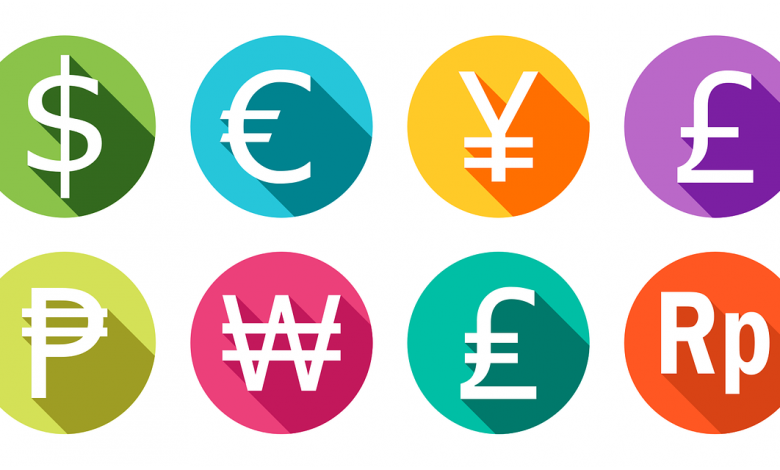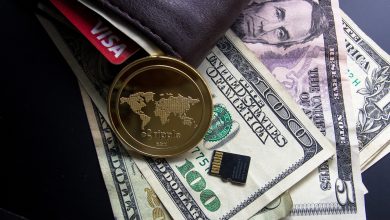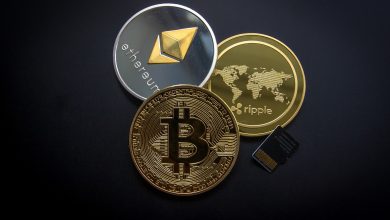Stablecoins: Bringing Sovereign Currencies Online

Stablecoins are something that are already in existence in the cryptocurrency world. They are also the solution to the digital currency conundrum that many countries face. So what’s a stablecoin, and what does it do?
Function
As their name implies, a stablecoin’s price is fixed – backed with a ratio of one to one by a national currency. The Gemini Dollar, for example, represents the US dollar in digital form. One Gemini Dollar is always worth the value of one US dollar, regardless of other market fluctuations. This is useful not only for traders (who have historically made up a large part of the cryptocurrency world) to settle accounts, but also, increasingly, for non-traders to accomplish simple tasks – such as send digital cash without worrying about volatility. Even companies like J.P. Morgan have developed their own internal stablecoins for use in moving funds and completing certain large volume transactions, owing to their efficiency and ease of use.
Development
In the past, stablecoins were always issued by third parties – as representations of government money, not government money itself. And while some countries accept third party stablecoins for government business, such as Bermuda who accepts the dollar-backed USD Coin for taxes, more and more countries are turning to their own proprietary solutions. Riksbank in Sweden (and one of the world’s oldest banks) has been exploring the idea of the “E-krona” for years. Meanwhile, countries like Iceland are also now in the process of creating their own national stablecoins for official circulation. The world’s second largest economy, China, has recently announced their intention to develop their own digital currency as well, and is making advancements at a rapid pace.
Institutional Support
Alongside countries, new institutions as well as existing ones are increasingly supporting or exploring the use of stablecoins. Electronic money institutions (or EMIs) like the USA’s CENTRE Consortium and Iceland’s own Monerium are assisting in the creation of digital assets. The Bank of International Settlements has a “G7 Working Group on Stablecoins” and the International Monetary Fund regularly publishes reports regarding the progress of stablecoin development around the globe.
Stablecoins combine a fiat currency with the power of efficient, secure blockchain technology. A simple, digital version of a familiar asset, stablecoins offer a bridge to the digital world for many countries.



